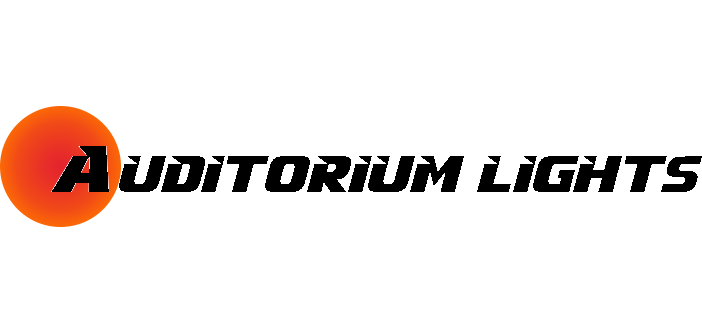Auditorium Lighting: A Financial Case Study for Your Venue
The High Cost of Inadequate Auditorium Lighting
For auditoriums, lighting is more than just illumination; it’s a critical component influencing operational costs, audience experience, and even the venue’s reputation. Outdated or inefficient lighting systems translate directly into financial losses, often unnoticed until a comprehensive analysis is undertaken. This case study explores the hidden costs of poor auditorium lighting and demonstrates the significant return on investment (ROI) possible through upgrades.
Energy Consumption: A Major Expense
Traditional incandescent and even some older fluorescent lighting systems are notorious energy guzzlers. The constant operation of numerous fixtures during performances, rehearsals, and even standby periods contributes significantly to escalating electricity bills. A detailed energy audit, comparing current consumption with the potential savings of LED alternatives, can reveal substantial long-term cost reductions. This analysis should consider not only the wattage of individual fixtures but also the total operational hours across the year.
Maintenance and Replacement Costs: The Ticking Clock
Frequent bulb replacements are a significant hidden cost associated with traditional lighting. The labor involved in accessing and replacing bulbs in high-ceiling auditoriums, coupled with the cost of the bulbs themselves, adds up quickly. LED lighting offers a dramatically longer lifespan, significantly reducing maintenance expenses and minimizing downtime. This translates to fewer disruptions to scheduled events and reduced labor costs associated with maintenance personnel.
Impact on Audience Experience and Revenue
Lighting quality directly affects the audience experience. Poor lighting can lead to eye strain, hindering the enjoyment of performances. Conversely, well-designed and expertly implemented lighting enhances the visual appeal of the events, creating a more immersive and memorable experience. A superior viewing experience can attract larger audiences, increase ticket sales, and boost the venue’s reputation, leading to higher revenue streams and increased bookings.
Return on Investment (ROI) Calculations: A Clear Financial Picture
Calculating the ROI of an auditorium lighting upgrade requires a comprehensive approach. This involves comparing the initial investment cost of new LED lighting with the projected savings in energy consumption, maintenance, and potential revenue increases. Factors to consider include:
- Initial cost of LED fixtures and installation.
- Projected energy savings per year.
- Reduced maintenance costs (bulb replacements, labor).
- Estimated increase in ticket sales or rental income.
- Potential lifespan of the new lighting system.
By carefully evaluating these factors, a clear financial picture emerges, demonstrating the long-term profitability of investing in a modern, energy-efficient lighting system.
Case Study Example: A Before & After Analysis
Consider a hypothetical auditorium currently using outdated fluorescent lighting. An energy audit reveals annual energy costs of $15,000 and annual maintenance expenses of $5,000. Switching to LED lighting with a projected annual energy cost of $5,000 and negligible maintenance costs over the next 10 years, results in a net savings of $10,000 annually. Over ten years, this amounts to $100,000. Even with a substantial upfront investment in the LED upgrade, the long-term cost savings and potential revenue boosts from improved audience experience will quickly yield a significant positive ROI.
Conclusion: Investing in the Future of Your Auditorium
Upgrading your auditorium’s lighting system is not merely an expense; it’s a strategic investment with a demonstrable financial return. By carefully considering energy consumption, maintenance costs, and the impact on audience experience and revenue, you can build a strong financial case for modernization. Contact us today to explore how our energy-efficient LED lighting solutions can help transform your auditorium’s financial performance and enhance the overall patron experience.


